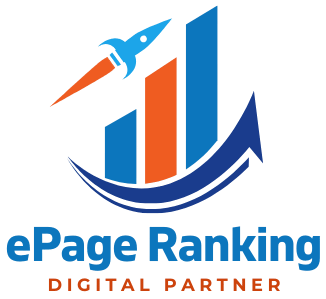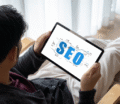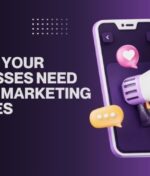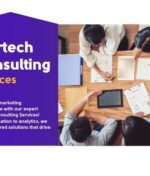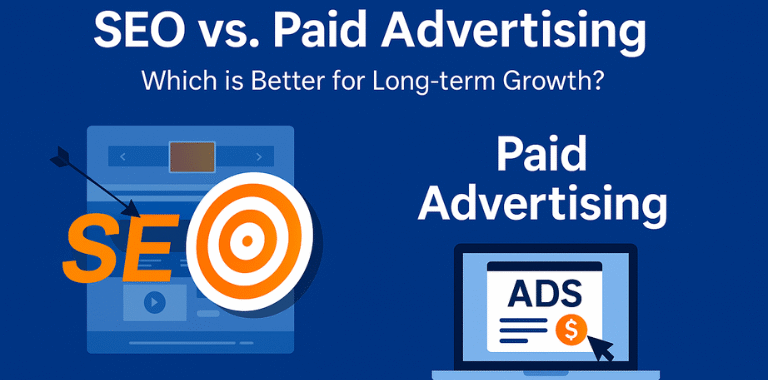
In the ever-competitive digital landscape, businesses constantly face a pressing question—Should we invest in SEO or paid advertising? While both strategies aim to increase visibility and drive traffic, they function very differently and serve different long-term objectives. Choosing the right approach could determine whether your business experiences short-term spikes or sustainable, long-term growth.
In this article, we break down the strengths, weaknesses, and ideal use cases for both SEO and paid advertising to help you make informed decisions for your business’s future—especially in fast-evolving markets like Dubai and across the UAE.
What is SEO?
Search Engine Optimization (SEO) is the process of optimizing your website to rank higher in search engine results organically. This includes optimizing content, improving site speed, mobile-friendliness, backlink building, and ensuring your website meets the technical standards of platforms like Google.
Key SEO Strategies:
- Keyword research and content creation
- On-page SEO (title tags, meta descriptions, structured data)
- Technical SEO (page speed, crawlability, mobile responsiveness)
- Link building
- Local SEO optimization
SEO is not a one-time effort—it’s an ongoing process that builds authority and visibility over time.
What is Paid Advertising?
Paid advertising (also known as PPC – Pay-Per-Click) refers to placing ads on search engines or social media platforms. You pay each time someone clicks on your ad. Google Ads and Meta Ads are common platforms for PPC.
Common Types of Paid Ads:
- Search ads (Google Ads)
- Display ads
- Shopping ads
- Social media ads (Facebook, Instagram, LinkedIn)
- Video ads (YouTube, TikTok)
Paid advertising delivers quick traffic and is ideal for promotions, product launches, and generating immediate leads.
The Case for SEO: Long-Term, Sustainable Growth
1. Cost-Effective Over Time
While SEO requires upfront investment—content creation, website fixes, and optimization—it becomes more cost-effective in the long run. Unlike paid ads, you don’t pay per click.
Once your site ranks well, you can enjoy consistent traffic without ongoing ad spend.
2. Builds Trust and Credibility
Users tend to trust organic search results more than ads. If your website appears on the first page organically, it signals authority and reliability. This helps build brand credibility over time.
3. Better ROI for Evergreen Content
Informative blog posts, FAQs, and how-to guides can rank for months or even years. This makes SEO a valuable investment for businesses offering long-term services or expertise.
4. Great for Local and Niche Audiences
Local SEO strategies help your business appear in geo-targeted searches (e.g., “digital marketing agency in Dubai”), bringing in more qualified leads.
5. Supports Other Marketing Channels
SEO supports content marketing, social media, and even paid campaigns by providing high-quality landing pages and content that can be repurposed.
The Case for Paid Advertising: Speed, Scale, and Control
1. Instant Visibility and Traffic
Paid ads get your business in front of users almost immediately. This is crucial for product launches, event promotions, or seasonal campaigns.
2. Precise Targeting
With PPC, you can target based on demographics, interests, keywords, and location—helping you reach your ideal customer instantly. Platforms like Facebook and LinkedIn offer robust audience segmentation.
3. Easy to Scale
If you find an ad campaign that performs well, you can simply increase the budget to scale results. You’re in control of spend, reach, and pacing.
4. Testable and Trackable
Every click, impression, and conversion is measurable in paid ads. You can easily A/B test ad creatives, headlines, and landing pages to improve ROI in real time.
5. Best for Competitive Industries
In highly competitive markets (e.g., real estate, finance), organic rankings can be hard to achieve. Paid ads let you bypass the SEO grind and still appear on top.
SEO vs. Paid Ads: A Side-by-Side Comparison
| Factor | SEO | Paid Advertising |
| Cost Over Time | Low (after initial investment) | High (ongoing cost per click) |
| Speed of Results | Slow (3–6 months) | Instant |
| Long-Term Benefit | High | Low (stops when budget ends) |
| Trust & Credibility | High | Moderate |
| Scalability | Moderate | High |
| Click-Through Rate (CTR) | Higher for top organic results | Lower for ads in some industries |
| Sustainability | Very high | Not sustainable without spend |
| Best For | Long-term brand building, education, local visibility | Quick lead generation, product launches, competitive keywords |
When to Prioritize SEO
SEO is a must-have for:
- Businesses focused on long-term digital growth
- Service-based companies that benefit from informational content
- Local businesses wanting to rank on Google Maps and local searches
- Brands looking to build trust, reputation, and organic visibility
If you’re in it for the long haul, SEO should be your foundational strategy.
When to Choose Paid Advertising
Paid ads are best for:
- New businesses that need fast exposure
- Time-sensitive campaigns (sales, events, limited offers)
- Highly competitive industries where SEO would take too long
- Testing new products or services
For immediate results and sales traction, PPC is hard to beat.
The Ideal Strategy? Combine Both.
At Infobahn Consultancy, we’ve seen the best results come from a hybrid approach. Relying solely on SEO delays your visibility, while depending only on ads keeps you in a constant pay-to-play model.
Here’s how we recommend combining the two:
- Short-Term: Use paid ads to drive immediate traffic and generate leads.
- Mid to Long-Term: Invest in SEO to reduce your paid dependency over time.
- Ongoing: Use insights from ad campaigns (keywords, conversions) to inform your SEO content strategy.
This balanced model gives you immediate growth while also building long-term authority.
Real-World Example
One of our Dubai-based clients in the wellness space initially relied on Google Ads to launch their services. While they saw traffic right away, the cost per lead was high. Over six months, Epage Rankig implemented a targeted SEO plan focused on niche keywords, blog content, and local listings.
Result? Organic traffic increased by 220%, and the client cut their ad spend by over 40% while maintaining lead volume.
This is the power of investing in both short-term and long-term strategies together.
Final Thoughts: Where Should You Start?
Both SEO and paid advertising have their place—but the best approach depends on your business goals, budget, and growth timeline.
- Need fast results? Start with paid ads.
- Want to build a future-ready digital presence? Start SEO now.
- Want both? Talk to Epage Ranking—we’ll help you build a data-driven strategy that balances immediate ROI with long-term visibility.
💬 Let’s Talk Growth
Whether you’re a startup in need of traffic or an established business ready to scale, Epage Ranking can help you align SEO and PPC into a unified strategy that drives real results.
📞 Contact us today to get started.
